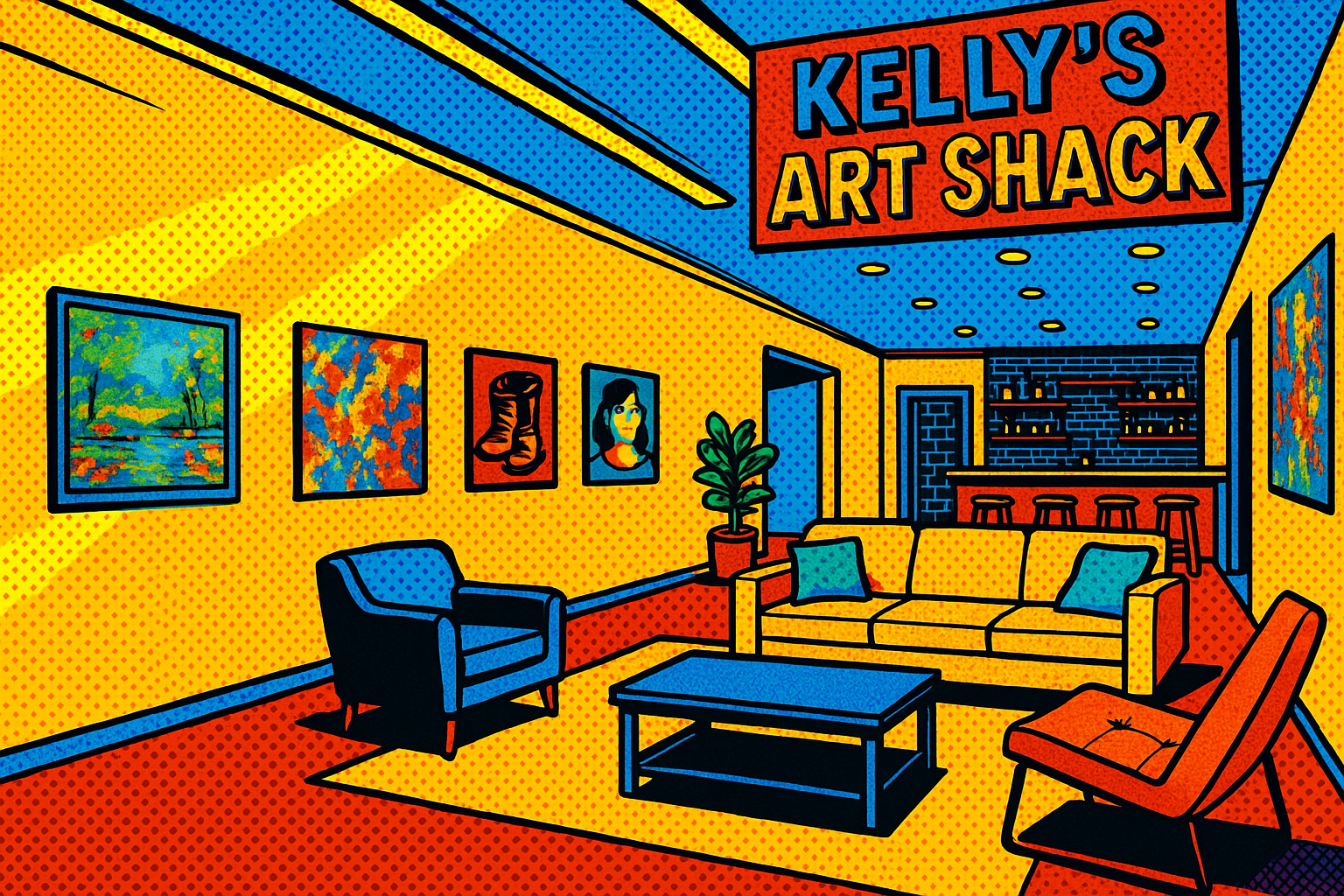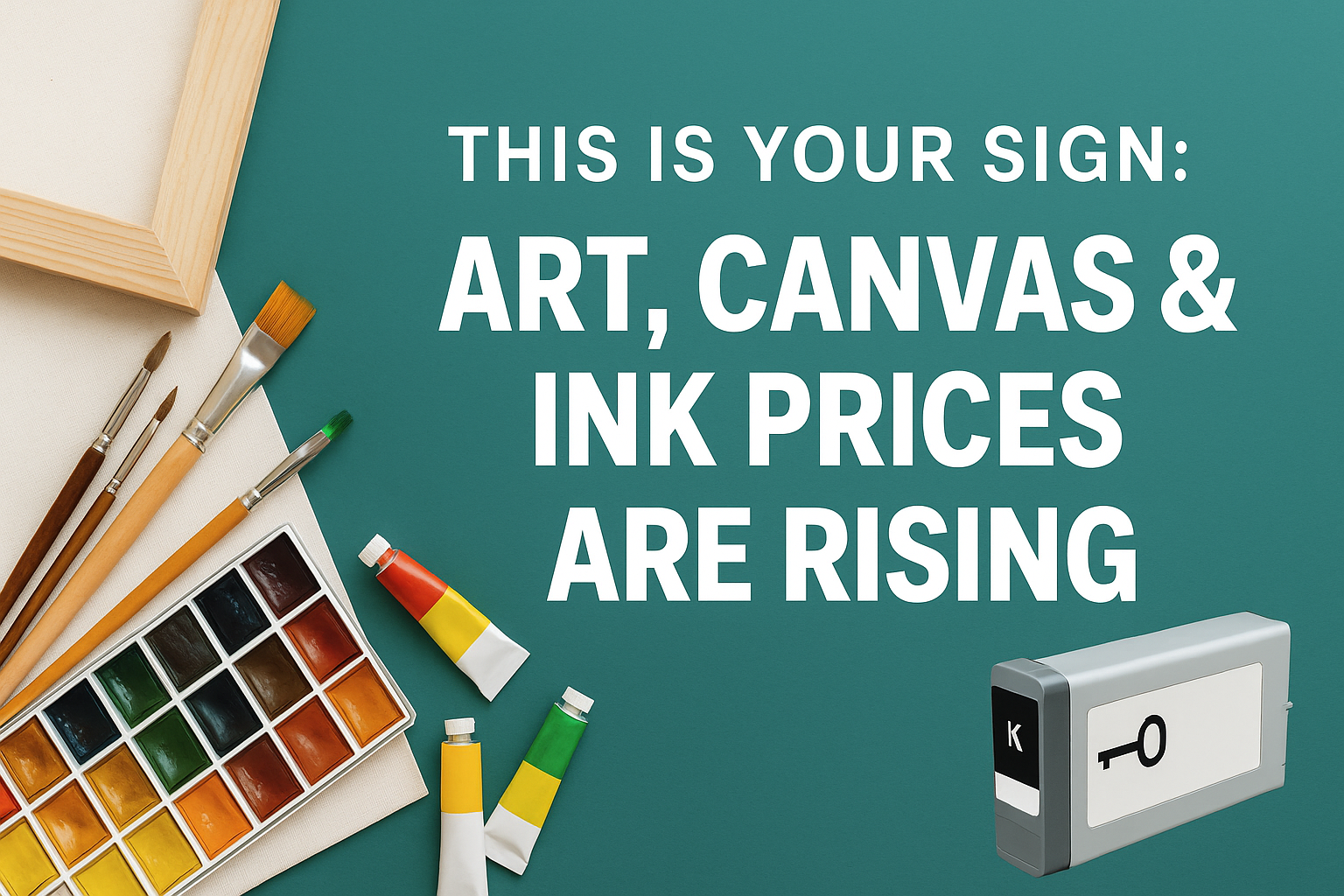Commissioned Artists for Artwork near me
Commissioned Art

An art commission is when a client asks an artist to create artwork. Many reasons people order artworks. Sometimes the piece they love is too big or expensive. Clients will often request a smaller or less expensive piece in these cases.
Sometimes, clients may require artwork in a different color than the original. Interior designers can commission artwork that matches their project's color scheme, while Corporate clients may want to "brand" their piece with corporate colors to match their visual identity. No matter the reason, commissions are common in the art industry. Most artists will gladly create artwork according to client requests.
We understand that it can be daunting to commission art, especially for first-time buyers.
Where do you start?
First, you need to decide if you want artwork that is based on another piece or completely new artwork. Some clients may want something they cannot afford, so they will request the exact same imagery but in a different format. Even if the original artwork is not possible due to style or technique, most artists are happy to remake it. Sometimes people desire a more personal art piece. For example, a portrait of a loved one, a landscape or other artwork that has a special meaning.
Kelly's Art Shack's creative director can help you decide the type of artwork that suits your needs. After you have chosen an artist and selected the subject matter, you will be asked to sign a contract . It is essential to have a written contract that outlines the details of the commission in order to ensure everyone adheres to the terms of the agreement.
What are the Elements of Good Commission Contracts?
Each commission contract will include:
Description of the project
A loose description of all details should be included in the contract, including size, colors, materials and subject matter.
Payment Agreement
Artists will usually request a 50/50 payment arrangement. This means that you pay 50% upfront and half the amount when the work is completed. It is important to pay in advance as this allows artists to buy materials and covers their initial expenses. The artist may list other prices as a reference point in order to clarify the price.
Creative Process
Here the artists should describe their requirements. If you request a portrait of your dog the artist might ask for several images. This is also where you decide how often visual updates will be sent to you (drafts and progress photos). You can also specify the format you want (high-resolution images work well for two-dimensional pieces, but videos are better for sculptures because they show the piece from all angles).
Copyrights
It is important to note that artists retain legal rights even after you have purchased a piece. Many artists will include the image in their website or portfolio. Sometimes, artists may ask for permission to use their artwork pieces for exhibitions. If you are unable to allow the artwork to be featured on your website, such as a private portrait of a loved one or a portrait of the house, make sure to mention it in the contract.
Shipping Strategy
Once you've completed your artwork, it is time to ship it. It is important that you explore all shipping options to ensure that your artwork arrives at its destination safely. This section of the contract will show who arranges the shipment. It could be the client or the commissioned artist. You will need to pay taxes, customs, import duty and VAT if you order art from another country. This will raise the cost of your commission.
Shipping can be complicated so it is better to let the gallery or artists handle it. Gallery staff are well-versed in shipping costs and shipping options, and will gladly assist with all arrangements.
Timeline
Time estimates should be included for each stage of the creation process. The timeline should contain a payment schedule, deadlines to drafts and compositional previews (and their approval), as well as the time required to complete and deliver work.
Many artists are open to commissions
While not all artists are available to commission, many artists are willing to discuss the idea with you. It is an excellent way to acquire affordable artworks, personalize your collection, and/or create art that compliments your living space. This is a personal process that requires a lot of effort and takes a lot out of everyone involved. The end result will be worth it when you get a unique art piece that is custom-made for you.
Custom Commissions
You are looking for a particular color combination/size? Do you prefer a particular style? Do you want me to get inspiration from music? Please complete this form to give me the details. I will get back to you as soon as possible with a quote.
Please be aware that custom pieces may take longer to arrive, and may also require more money and time. The cost of my gallery pieces may be higher depending on the design. The price of larger canvasses is higher.
You can be assured that every commission will be created with the same passion, care, and thoughtfulness as any other piece.
What to do when you commission artwork
Either you have a vision or found the right artist to create the work of art you desire. How do you ask them to make a piece just for you?
It can be daunting to commission a piece of art for the first time. It can be fun and collaborative, however.
These are the do's and don’ts to ensure you leave happy with your custom piece, and that you support an artist you admire.
DO NOT forget to include important details during the initial contact.
To find out if the artist is accepting commissions, reach out to them. You can reach many artists by email, or you can contact a gallery to help you make the connection.
A first impression is never repeated. Make the first contact pleasant. Tell the artist why you want the piece made.
What do you find most intriguing about their work? When you are considering accepting your project, be prepared to answer these queries.
DO NOT assume that all artists will accept your request.
Don't wait for the work to start before you discuss important details. An artist might decline an offer for many reasons. Artists may decline an offer because they have had bad experiences with commissions, are currently working on another project, or feel that they are not the right fit for your project. Asking upfront about the media they are able to use, their price and the timeline can help ease an artist's mind.
DO give the artist as much information as you can about the piece.
They will need to know the materials required to make the piece you desire. It is a great way for you to communicate your needs with them by providing reference images.
The artist should have an idea of where the piece will go in your home.
DO NOT be vague or expect the artist not to know what you are looking for.
There is a chance that the artist will accept to work on your piece without you having a clear vision of what you want.
Expect a contract. Be prepared to sign one.
Before work starts, you should have a contract between yourself and the artist. The contract should contain the price and all costs associated with the creation of the piece. It also must specify payment terms. Artists will often ask for a deposit or fifty percent up front.
You should include a timeline that outlines when each aspect of the work will be completed. This will allow you to know when to check in. You should include information about the approval process and the date of completion. You will need to specify the rights that you and the artist have in order to use the work.
DO NOT assume that the terms, prices, and timelines will all work out.
By defining clear expectations and ensuring professionalism, a formal contract helps to keep the commission process for artworks as professional as possible.
DO communicate with your client and have fun working on a commission piece.
To ensure that the project stays on schedule, keep in touch with your artist. You can also ask them if they have any questions. Are they looking for additional reference images? Communicating clearly to the artist any concerns or questions can help you both get excited about the project and put aside your doubts.
Don't lose touch with the artist.
Don't wait for the piece to be finished before checking in. Big revisions can be costly, time-consuming, and could compromise your relationship with the artist if they are off track. Artists will expect that you communicate with them often.
Everyone values praise and recognition for their work. If done correctly, commissioning art works can be a great opportunity for artists and collectors. It is your chance as a collector to participate in the creative process and create something you will treasure forever. It's an opportunity for artists to establish lasting relationships with collectors, and expand their creative boundaries.










